Are you tired of the same old paint or wallpaper on your walls and seeking a unique way to enhance your space? Look no further than a Fabric Feature Wall. This innovative and budget-friendly DIY project can breathe new life into your room, adding texture, color, and personality. In this comprehensive guide, we'll explore the step-by-step process of creating your own Fabric Feature Wall, answer frequently asked questions, and offer valuable tips to make your project a resounding success.
Can I Cover a Wall in Fabric?
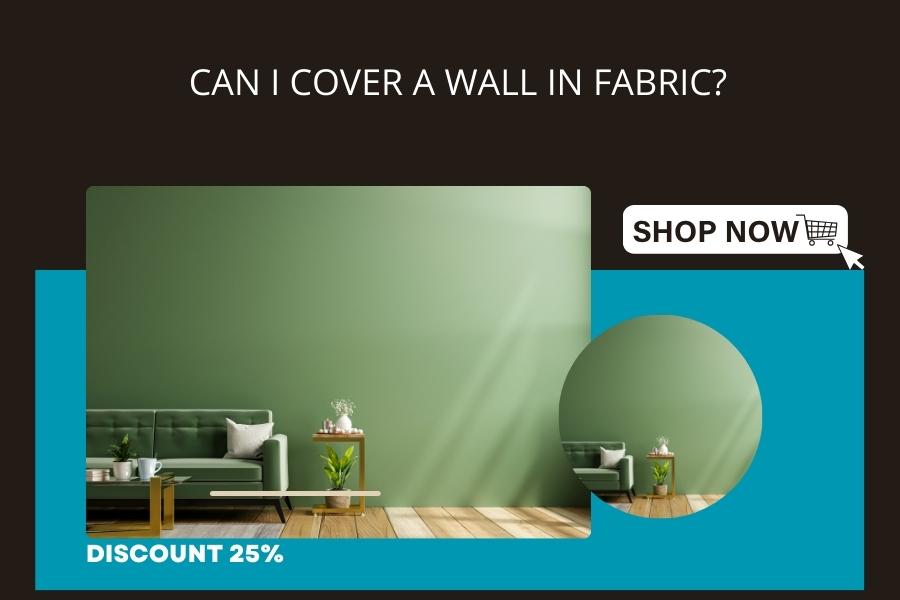
Absolutely, covering a wall in fabric can be a transformative and budget-friendly DIY project that brings a unique charm to your space. Here's a more detailed exploration of why and how you can create a stunning Fabric Feature Wall:
Unlocking the Creative Potential of Fabric
- Versatility: One of the standout features of using fabric for wall coverings is its versatility. Fabrics come in an extensive range of colors, patterns, and textures, allowing you to tailor your choice to the specific aesthetic you're aiming for. Whether you prefer bold and vibrant prints or subtle, neutral tones, there's a fabric out there to suit your taste.
- Warmth and Texture: Unlike traditional paint or wallpaper, fabric adds a tactile element to your walls, creating a sense of warmth and coziness. The texture of the fabric can vary widely, from smooth and sleek to rough and textured, providing a customizable touch to your interior design.
- Cost-Effective Solution: Affordability is a key advantage of opting for fabric. With a wide range of price points, you can find budget-friendly options without compromising on style. Additionally, turning fabric into a wall covering is often more cost-effective than purchasing pre-made wallpaper.
- DIY Freedom: Creating a Fabric Feature Wall is a DIY project that offers a high level of creative freedom. You're not limited to the patterns and designs available in pre-manufactured wallpapers. Instead, you can handpick the fabric that resonates with your vision, ensuring a truly personalized and unique result.
How to Achieve the Fabric Feature Wall Effect
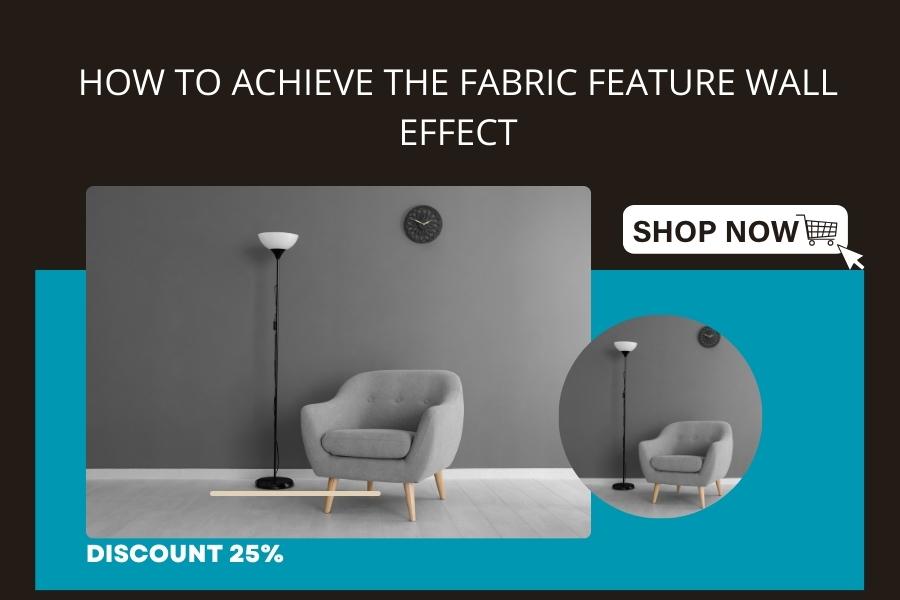
- Planning: Start by envisioning the atmosphere you want to create in the room. Consider the existing color scheme, furniture, and decor elements. This vision will guide your choice of fabric.
- Fabric Selection: Visit Angie Homes, a renowned provider of high-quality fabrics, to explore the extensive collection. Choose a fabric that aligns with your design goals, keeping in mind factors like durability, pattern, and texture.
- Surface Preparation: Ensure your wall is clean, dry, and free from imperfections. Sand down any rough spots and patch up holes or cracks. A smooth surface will ensure better adhesion of the fabric.
- Adhesive Application: Liquid starch is an excellent adhesive for fabric walls. Pour it into a paint tray and use a roller or brush to apply it generously to a small section of the wall.
- Fabric Application: Carefully press the fabric onto the starched section, smoothing it out as you go. Work in small sections to ensure proper adhesion and to avoid wrinkles or air bubbles.
- Trimming Excess: Use a utility knife or scissors to trim excess fabric at the ceiling, floor, and corners. Take your time to achieve clean and precise edges.
- Finishing Touches: Once the fabric is applied, use a wallpaper smoother or squeegee to eliminate any remaining air bubbles or wrinkles. Allow the fabric to dry completely.
Why Opt for a Fabric Feature Wall?
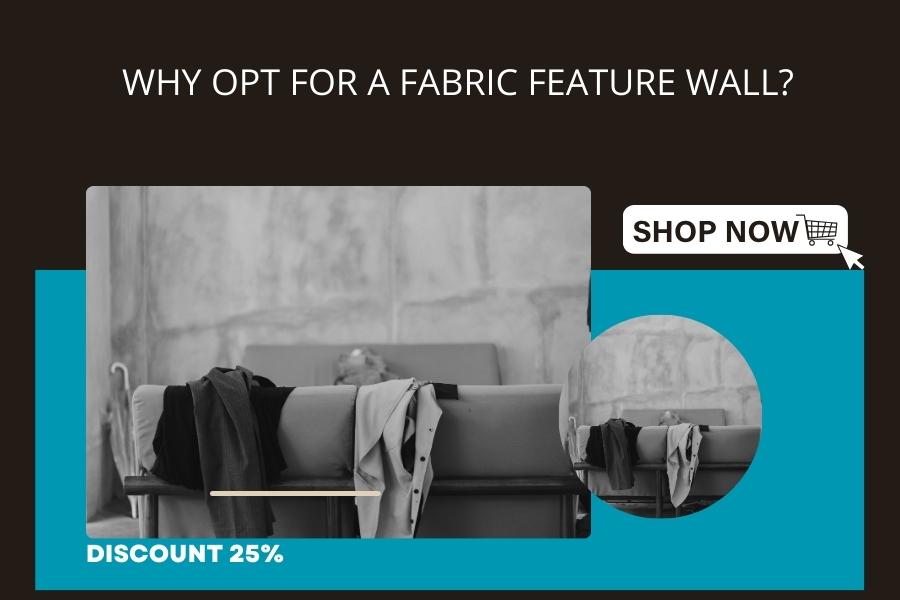
- Unique Aesthetic: Fabric allows you to create a one-of-a-kind aesthetic that reflects your personal style. Whether you prefer a bohemian, minimalist, or eclectic look, fabric can be adapted to suit various design preferences.
- Changeability: Unlike traditional wallpaper, fabric is a temporary solution. This means you can easily change your wall covering whenever you desire a new look, providing flexibility and adaptability to your living space.
- Personalization: With the vast array of fabric choices available, you have the freedom to choose a material that aligns with your personality and the overall theme of the room. Personalization is key when creating a space that truly feels like home.
- Textural Appeal: The tactile quality of fabric adds a unique dimension to your walls, creating visual interest and a sense of depth. This textural appeal can make your space more inviting and visually captivating.
In conclusion, covering a wall in fabric offers a multitude of benefits, from creative expression to cost-effectiveness. Angie Homes, with its extensive fabric collection, provides the tools you need to embark on this exciting DIY journey. Transform your space with a Fabric Feature Wall that not only enhances the aesthetic but also reflects your individuality and style. Visit Angie Homes to explore a world of possibilities for your next home decor project.
What Supplies Do I Need to Cover a Wall in Fabric Wallpaper?
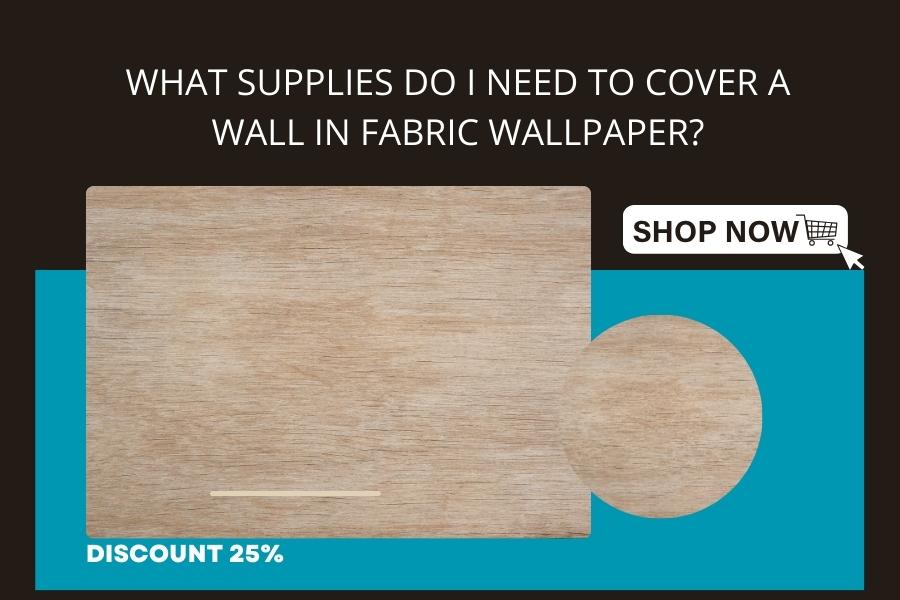
Before diving into the DIY process, gather the necessary supplies:
- Fabric: Choose a fabric that complements your design aesthetic. Angie Homes offers a wide range of fabrics suitable for this project.
- Liquid Starch: Acts as an adhesive for the fabric.
- Paint Roller or Brush: For applying liquid starch to the wall.
- Utility Knife or Scissors: To trim excess fabric.
- Measuring Tape: Ensure accurate measurements for a precise fit.
- Drop Cloth or Plastic Sheeting: Protect your floor from any drips or spills.
- Wallpaper Smoother or Squeegee: Smooth out the fabric on the wall to remove air bubbles.
- Paint Tray: For easy application of liquid starch.
Now, let's dive into the step-by-step process of creating your DIY Fabric Feature Wall.
How to DIY a Fabric Feature Wall

Step 1: Prepare the Wall
Start with a clean, dry, and smooth wall surface. If there are any imperfections, consider sanding and patching them before proceeding.
Step 2: Cut the Fabric
Measure the height and width of your wall and cut the fabric accordingly, leaving a few extra inches on each side for adjustments.
Step 3: Apply Liquid Starch
Pour liquid starch into the paint tray. Using a paint roller or brush, generously apply the liquid starch to a small section of the wall.
Step 4: Affix the Fabric
Carefully press the fabric onto the starched section of the wall, smoothing it out with a wallpaper smoother or squeegee. Continue this process, working in small sections, until the entire wall is covered.
Repeat these steps until your entire Fabric Feature Wall is complete.
DIY Fabric Feature Wall Tips

Creating a Fabric Feature Wall is a straightforward process, but here are some tips to ensure a smooth and successful project:
- Smooth out Bubbles: Use a wallpaper smoother or squeegee to eliminate any air bubbles and wrinkles as you apply the fabric.
- Overlap Seamlessly: When aligning multiple pieces of fabric, overlap the edges seamlessly to maintain a cohesive look.
- Trim Excess Carefully: Use a utility knife or scissors to trim excess fabric at the ceiling, floor, and corners with precision.
- Experiment with Patterns: If using patterned fabric, experiment with different placements to find the most visually appealing arrangement.
- Allow for Drying Time: Give the fabric ample time to dry before moving furniture back into place or making any adjustments.
Can I Put Fabric on Textured Walls?

Yes, you can still achieve a stunning Fabric Feature Wall on textured surfaces. However, the texture may be more visible through lightweight or sheer fabrics. To minimize this, choose a heavier fabric or consider applying a thin layer of joint compound to smooth out the wall beforehand.
Choosing Fabric for a Feature Wall

The fabric you choose plays a crucial role in the success of your Fabric Feature Wall. Opt for fabrics that are durable, easy to work with, and complement your overall design theme. Angie Homes offers an extensive collection of high-quality fabrics suitable for this purpose.
How Long Will Temporary Fabric Stay on My Wall?
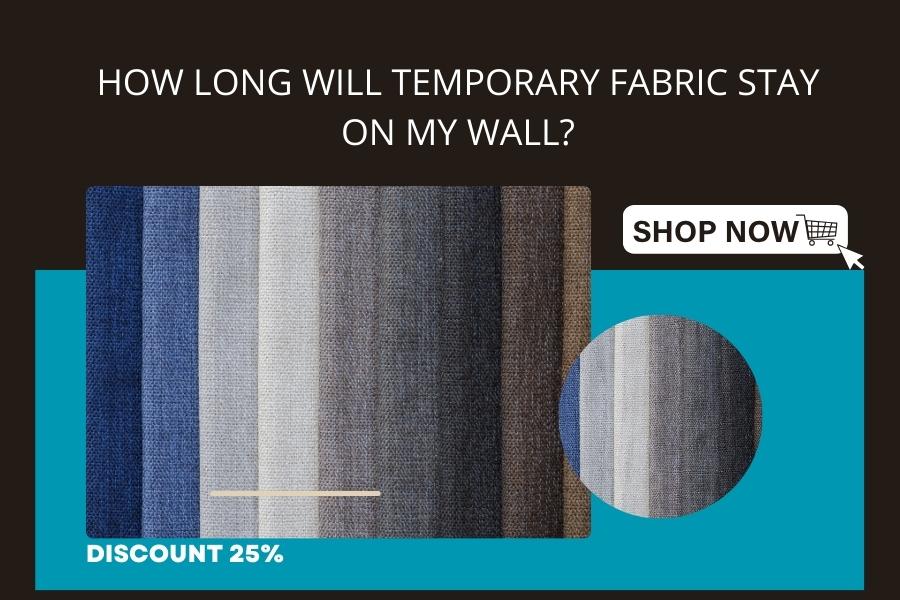
A Fabric Feature Wall created with liquid starch is considered a temporary solution. It can stay on your wall for an extended period, but its longevity depends on factors such as the type of fabric used, environmental conditions, and the application process. If you decide to change your decor, the fabric can be easily removed without damaging the wall underneath.
Conclusion
A DIY Fabric Feature Wall is a fantastic way to revamp your living space without breaking the bank. With the right supplies, a dash of creativity, and a bit of patience, you can transform any room into a visually stunning and personalized haven. Embrace the freedom to experiment with textures, colors, and patterns, and let your personality shine through your unique Fabric Feature Wall.
Related Posts :
How To Pair Fabric and Wallpaper : A Comprehensive Guide
Walls That Wow: Enhancing Your Decor with Stylish Wall Sconces
Best Fabrics for Walls : Enhancing Interiors with Style and Texture
How to Cover a Wall With Fabric: Transform Your Space with Angie Homes
Frequently Asked Questions (FAQ's)
Q. Is Fabric Cheaper Than Wallpaper?
Ans: Yes, fabric can be a more cost-effective option compared to wallpaper, especially if you find budget-friendly fabric options. Additionally, DIY Fabric Feature Walls eliminate installation costs.
Q. Can Fabric Be Applied to Walls?
Ans: Absolutely. Applying fabric to walls is a popular DIY project that allows you to add texture and personality to your space.
Q. What Type of Fabric Is Best for Walls?
Ans: Choose durable, medium to heavyweight fabrics for better coverage and longevity. Cotton, linen, and polyester blends are popular choices.
Q. Can Fabric Be Used as Wall Covering?
Ans: Yes, fabric is a versatile material that can be used effectively as a wall covering, creating a unique and textured look.
Q. What Is the Best Fabric to Cover Walls With?
Ans: The best fabric depends on your preferences and the desired outcome. Consider factors like durability, texture, and pattern when selecting the fabric for your feature wall.
Q. Can Fabric Be Used as Wallpaper?
Ans: Yes, fabric can serve as a creative alternative to traditional wallpaper, offering a unique and customizable design solution.
Q. How Do You Attach Fabric to a Wall Without Damaging It?
Ans: Using liquid starch is an effective and temporary adhesive that allows you to attach fabric to the wall without causing damage. It's easily removable and leaves the wall unharmed.
Make your space truly yours with a Fabric Feature Wall from Angie Homes. Explore our collection of high-quality fabrics and embark on a journey to transform your home today. For more information, visit Angie Homes.
Remember, the possibilities are endless when it comes to DIY home decor, so don't be afraid to get creative and have fun with your Fabric Feature Wall project!
